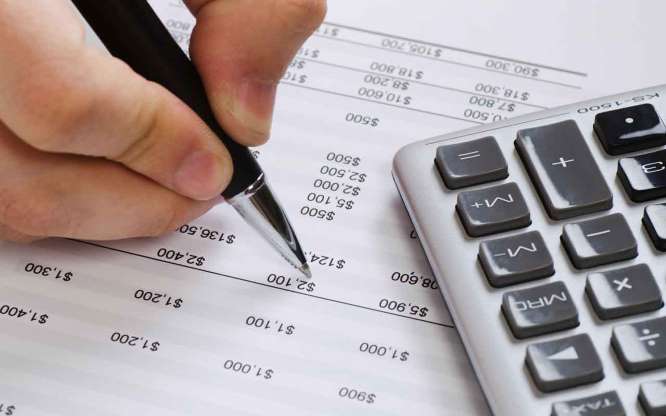
Set Up an Emergency (and a Rainy-Day) Fund
Instead of maintaining one fund for large, unexpected expenses, create two. Your true emergency fund is meant for catastrophes that may result in a total loss of income, such as divorce, job loss, or medical or mental disability that keeps you out of work, says Lori Atwood, a certified financial planner in Washington, D.C.
She tells clients to also set aside “rainy day” funds for urgent but less-catastrophic needs, such as car and home repairs, medical and vet bills, and short-notice travel to be with an ill relative. Pam Horack, a CFP in Lake Wylie, S.C., has a similar approach but a more colorful description of the two funds: The emergency fund she calls the “oh my God I lost my job” fund and the other she calls the “oh crap I need new tires” fund.
How much should you put in each? For the rainy-day fund, Atwood recommends about $1,500 for young, single renters and between $3,000 and $5,000 for homeowners, depending on how much upkeep your home needs. Your emergency fund should have enough to cover three to six months (or more) of expenses.
If you have a stable job (and your spouse does as well) and no dependents, you may feel safe saving on the lower end; if you are self-employed or work irregular hours, care for dependents, or experience a chronic health condition, you’ll need at least six months.
Keep your emergency fund in a high-yield online savings account or money market deposit account with no monthly fees. Atwood recommends keeping your rainy-day account at the bank where you have your checking account, to make withdrawals less of a hassle.




